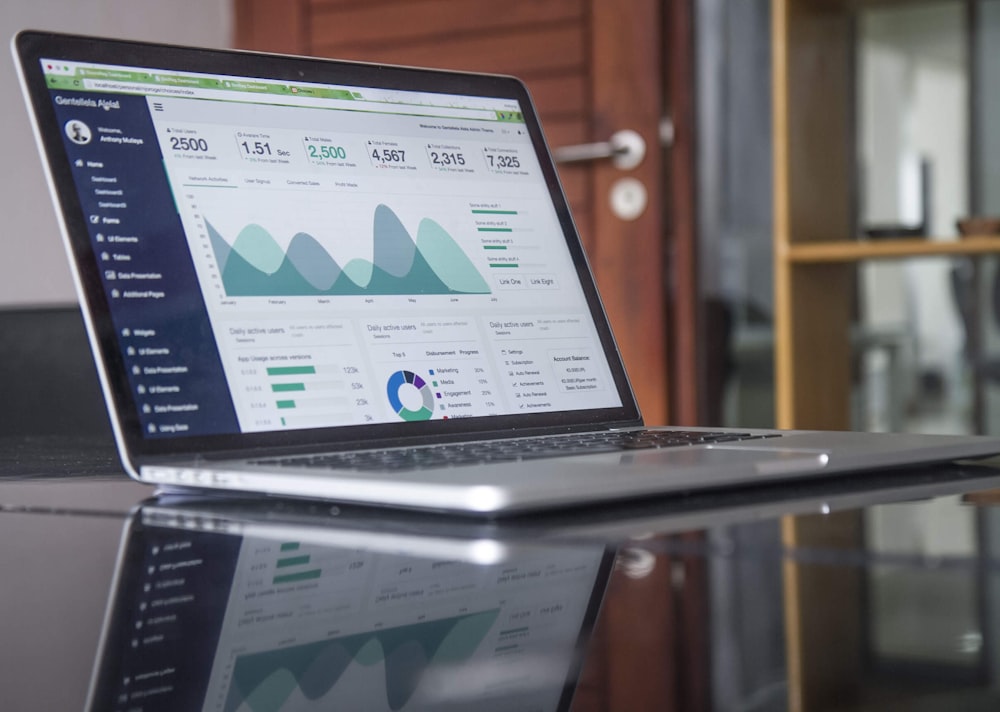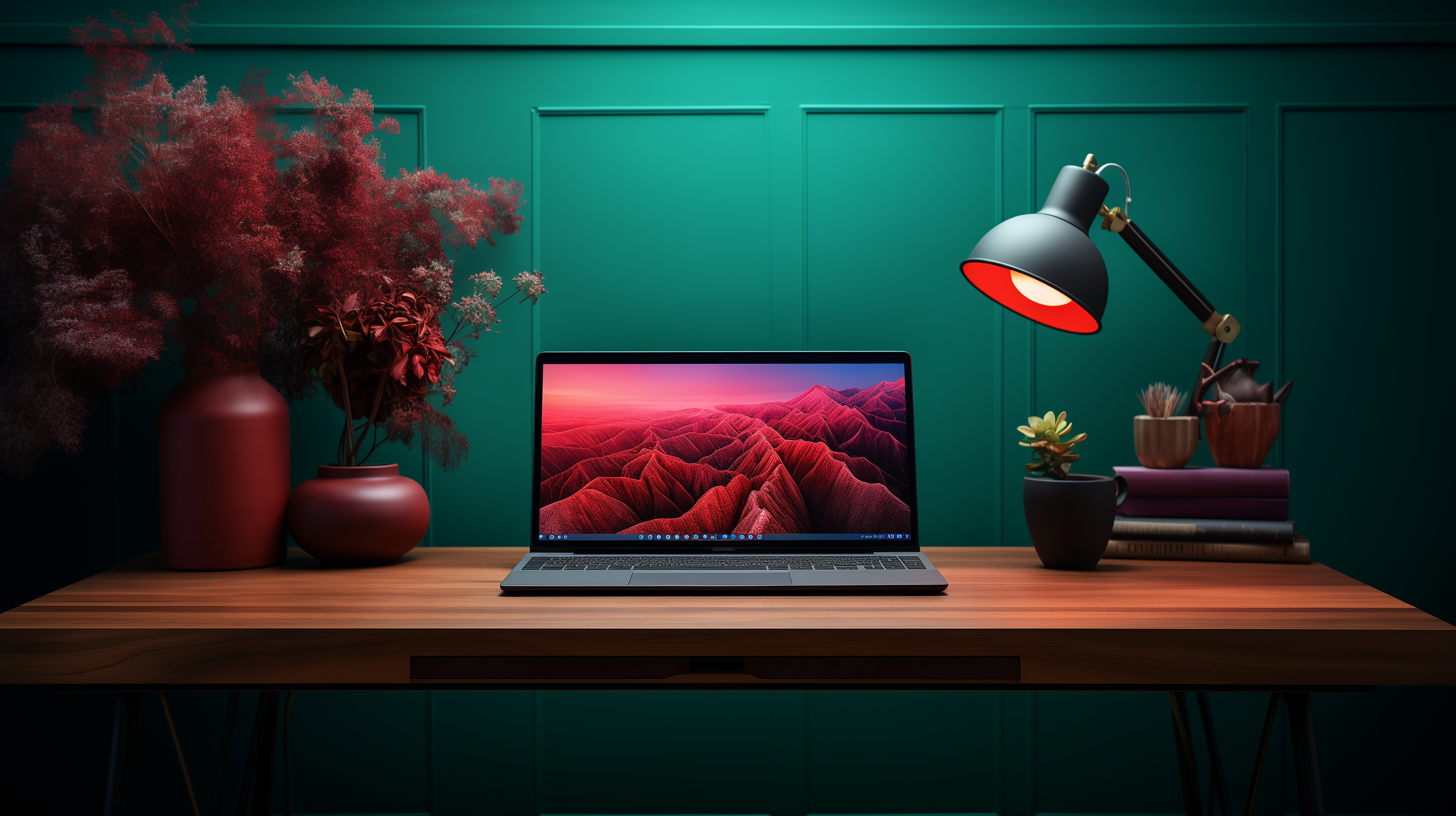Do you know remote employees are 47% more productive? Balancing privacy and productivity is essential when implementing employee monitoring practices. Here are some best practices to help organizations strike the right balance:

Best Practices for Employee Monitoring
1. Transparency and Communication:
- Inform Employees: Be transparent about the purpose, scope, and methods of employee monitoring. Clearly communicate the reasons for monitoring and how it benefits both employees and the organization. Implement a reliable tool like Controlio for employee monitoring in the workspace.
- Establish Policies: Develop clear policies and guidelines regarding employee monitoring practices. Outline the types of data collected, how it will be used, and employee rights and responsibilities.
2. Focus on Objectives:
- Define Clear Objectives: Clearly define the objectives of employee monitoring, such as improving productivity, ensuring compliance, or enhancing security.
- Align with Goals: Ensure that monitoring practices align with organizational goals and values. Focus on outcomes that benefit both the organization and employees.
3. Minimize Intrusiveness:
- Use Proportional Measures: Implement monitoring measures that are proportionate to the objectives and risks involved. Avoid intrusive or overly invasive monitoring methods.
- Respect Privacy: Respect employee privacy rights and minimize unnecessary data collection. Only monitor activities relevant to work-related purposes.
4. Provide Opt-Out Options:
- Offer Opt-Out Choices: Provide employees with the option to opt out of certain monitoring activities if they have legitimate privacy concerns.
- Respect Employee Choices: Respect employees’ decisions to opt out and ensure that they are not penalized or disadvantaged for exercising their privacy rights.
5. Focus on Performance, Not Micromanagement:
- Emphasize Performance: Use monitoring data to focus on improving performance, identifying training needs, and providing support to employees.
- Avoid Micromanagement: Avoid using monitoring data for micromanagement or disciplinary purposes. Instead, use it as a tool for coaching and development.
6. Secure Data Handling:
- Protect Sensitive Data: Implement robust security measures to protect monitored data from unauthorized access, breaches, or misuse.
- Comply with Regulations: Ensure compliance with relevant data protection regulations, such as GDPR or HIPAA, to safeguard employee privacy and confidentiality.
7. Educate and Train Employees:
- Provide Training: Offer training and education to employees on the purpose and benefits of monitoring, as well as their rights and responsibilities.
- Promote Awareness: Foster awareness of privacy and security best practices among employees to mitigate risks and protect sensitive information.
8. Regular Review and Evaluation:
- Monitor Effectiveness: Regularly review and evaluate the effectiveness of employee monitoring practices. Solicit feedback from employees and stakeholders to identify areas for improvement.
- Adjust as Needed: Be prepared to adjust monitoring practices based on feedback, changing circumstances, or evolving privacy regulations.
9. Respect Employee Dignity:
- Maintain Dignity: Treat employees with dignity and respect throughout the monitoring process. Avoid actions or practices that may undermine trust or erode employee morale.
10. Balance Legal Compliance and Ethical Considerations:
- Navigate Legal Requirements: Ensure compliance with relevant legal requirements and regulations governing employee monitoring in your jurisdiction.
Consider Ethical Implications: Consider the ethical implications of employee monitoring and strive to uphold ethical standards and principles in your monitoring practices.














:strip_icc():format(webp)/kly-media-production/medias/1361321/original/037551300_1475300410-software.jpg)





























